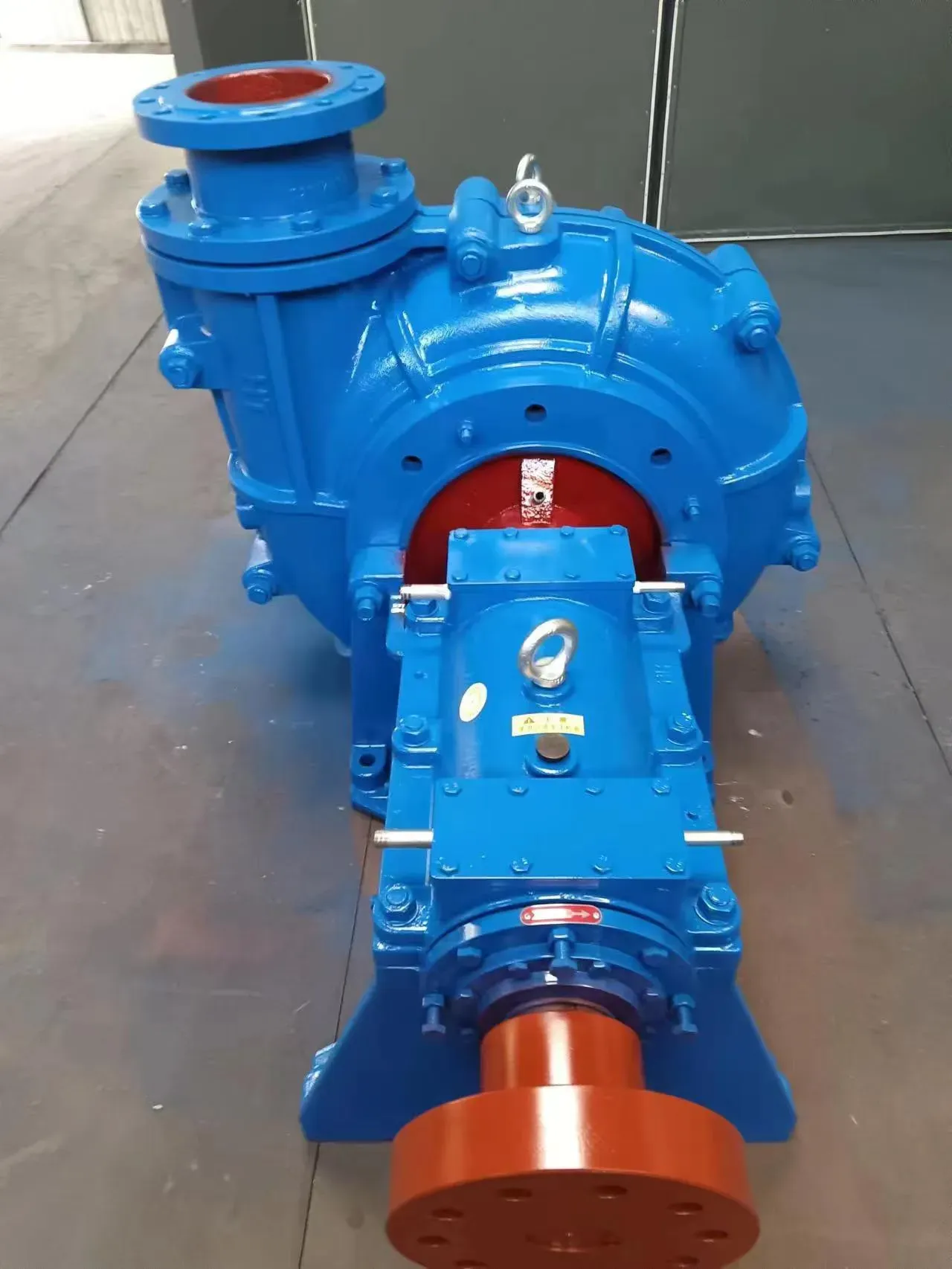English
- Afrikaans
- Albanian
- Amharic
- Arabic
- Armenian
- Azerbaijani
- Basque
- Belarusian
- Bengali
- Bosnian
- Bulgarian
- Catalan
- Cebuano
- Corsican
- Croatian
- Czech
- Danish
- Dutch
- English
- Esperanto
- Estonian
- Finnish
- French
- Frisian
- Galician
- Georgian
- German
- Greek
- Gujarati
- Haitian Creole
- hausa
- hawaiian
- Hebrew
- Hindi
- Miao
- Hungarian
- Icelandic
- igbo
- Indonesian
- irish
- Italian
- Japanese
- Javanese
- Kannada
- kazakh
- Khmer
- Rwandese
- Korean
- Kurdish
- Kyrgyz
- Lao
- Latin
- Latvian
- Lithuanian
- Luxembourgish
- Macedonian
- Malgashi
- Malay
- Malayalam
- Maltese
- Maori
- Marathi
- Mongolian
- Myanmar
- Nepali
- Norwegian
- Norwegian
- Occitan
- Pashto
- Persian
- Polish
- Portuguese
- Punjabi
- Romanian
- Russian
- Samoan
- Scottish Gaelic
- Serbian
- Sesotho
- Shona
- Sindhi
- Sinhala
- Slovak
- Slovenian
- Somali
- Spanish
- Sundanese
- Swahili
- Swedish
- Tagalog
- Tajik
- Tamil
- Tatar
- Telugu
- Thai
- Turkish
- Turkmen
- Ukrainian
- Urdu
- Uighur
- Uzbek
- Vietnamese
- Welsh
- Bantu
- Yiddish
- Yoruba
- Zulu
Telephone: +86 13120555503
Email: frank@cypump.com
Oct . 13, 2024 10:52 Back to list
Precision Peristaltic Pump for Efficient Slurry Handling and Enhanced Performance
Efficient Peristaltic Pump for Handling Slurry with Precision
In industries that require the handling of viscous fluids, slurries, or other challenging materials, the selection of appropriate pumping technology is critical. Among the various options available, peristaltic pumps stand out for their ability to move abrasive and viscous fluids with precision and efficiency. This article explores the benefits and applications of efficient peristaltic pumps for handling slurry, shedding light on their unique features and advantages.
Understanding Peristaltic Pumps
Peristaltic pumps operate on a simple yet effective principle. They consist of a rotor that compresses a flexible tube or hose, pushing the fluid through the tubing as it moves. This mechanism creates a robust seal and eliminates contact between the fluid and the pump's internal components, reducing contamination risks. The design allows for the gentle handling of slurries, making it ideal for industries such as mining, agriculture, pharmaceuticals, and wastewater treatment.
Advantages of Peristaltic Pumps in Slurry Applications
1. Precision Flow Control One of the standout features of peristaltic pumps is their ability to provide accurate flow rates. This is particularly important when dealing with slurries that require consistent mixing or dosing. The flow rate can be easily adjusted, allowing operators to fine-tune the process according to specific requirements.
2. Self-Priming and Dry Running Capability Peristaltic pumps can self-prime and run dry without damage, making them suitable for applications where the slurry might not always be present. This capability not only enhances operational flexibility but also reduces maintenance needs, leading to increased uptime.
3. Handling Abrasive Materials Slurries often contain solid particles that can be abrasive and damaging to traditional pump types. However, in peristaltic pumps, the only component in contact with the material is the tube, which can be easily replaced when worn. This design significantly extends the life of the pump and reduces overall operating costs.
'efficient peristaltic pump for handling slurry with precision ...'

4. Minimal Pulsation Many peristaltic pumps are designed to minimize pulsation in the flow, which is crucial for maintaining a stable process in slurry applications. The smooth flow helps prevent blockages and ensures consistent delivery of materials.
5. Versatility in Slurry Types Peristaltic pumps can handle a wide range of slurries, including those with varying viscosities and solid concentrations. Whether it’s a thick clay slurry or a more fluid mixture, peristaltic pumps can be adjusted to meet the specific needs of the application.
Applications of Peristaltic Pumps in Slurry Handling
Peristaltic pumps find extensive application across numerous industries. In the mining sector, they are used for transporting mineral slurries, ensuring that the materials are delivered efficiently from one location to another. In the food and beverage industry, they are employed for transferring fruits, vegetables, and other raw materials that may be abrasive in nature.
In wastewater treatment plants, peristaltic pumps efficiently move sludge and various chemical additives needed for treatment processes. Their reliability and precision make them suitable for critical applications that demand consistent and safe handling of materials.
Conclusion
In conclusion, efficient peristaltic pumps offer a robust solution for handling slurries with precision in a variety of industrial applications. Their unique advantages, including precision flow control, self-priming abilities, and durability against abrasive materials, make them an attractive option for businesses looking to optimize their processes. As industries continue to evolve and demand more reliable methods for transporting challenging fluids, peristaltic pumps are proving to be an essential tool to meet these increasing challenges.
-
ISG Series Vertical Pipeline Pump - Chi Yuan Pumps Co., LTD.|High Efficiency, Energy Conservation, Low Noise
NewsJul.29,2025
-
ISG Series Vertical Pipeline Pump-Chi Yuan Pumps Co., LTD.|High Efficiency&Energy-Saving
NewsJul.29,2025
-
ISG Series Vertical Pipeline Pump - Chi Yuan Pumps Co., LTD. | High Efficiency, Energy-Saving
NewsJul.29,2025
-
ISG Series Pipeline Pump - Chi Yuan Pumps | High Efficiency, Low Noise
NewsJul.29,2025
-
High-Efficiency Vertical Slurry Pumps for Mining & Industry Solutions
NewsJul.29,2025
-
High-Efficiency Pipeline Pump Solutions for Every Pipeline Pump Station
NewsJul.29,2025










